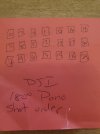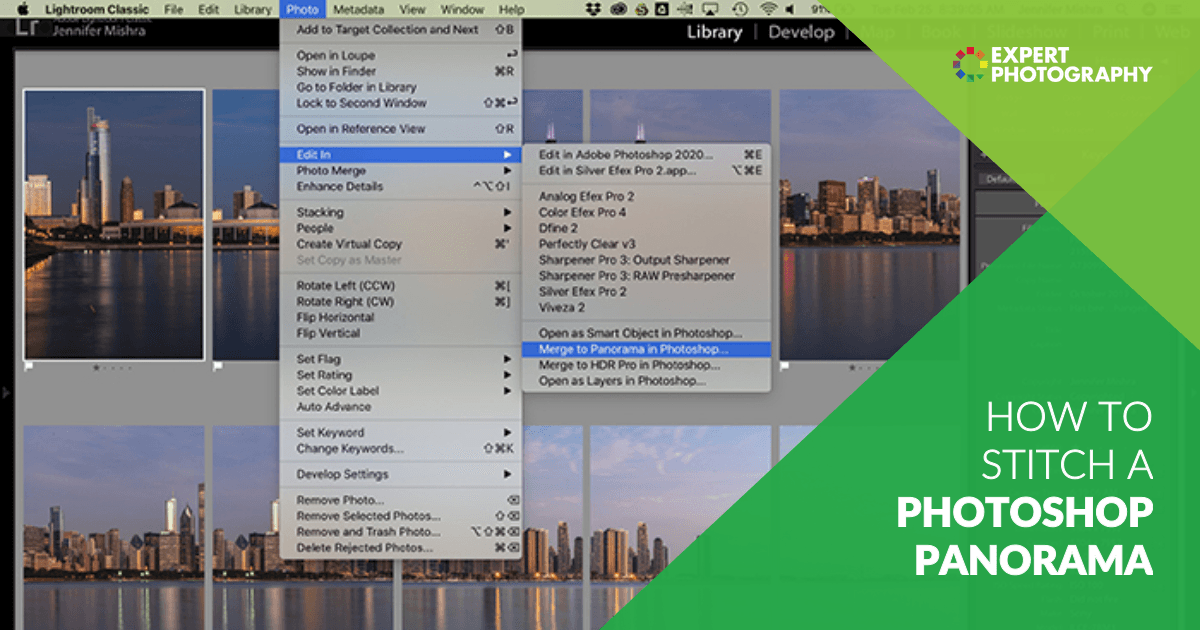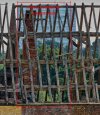Wow. I just looked at the specs for the
Air 2 and it looks like the gimbal can be yawed 75 degrees in each direction. Is that correct?
With the
Mavic 3, the range of motion for yawing the gimbal is only 23 degrees each way, so it doesn't allow a very wide panorama with that technique.
Do you see a significant difference in the results yawing the gimbal rather than the drone? Have any samples to share?
Sorry about the late reply.
Yes, there is a significant improvement to be seen in multi-shot linear pano stitches when the you get the lens close to or smack-on the NPP. This is something you can see the effects of more with a DSLR on a tripod, but the principle works exactly the same with the drone camera.
Best way to describe it is as follows.
Mount macro rail to the camera body.
Put camera on tripod (this assumes your camera has the QR plate screw smack-bang in the middle of the body).
At this point, the pivot when you turn the camera left or right is almost in the same plane as the sensor in the camera body.
Walk out about 10 feet directly in front of the tripod and shove a straight stick in the turf. Try to keep in a straight line and walk another 10 feet, now plant another stick in the turf. Return to the tripod and line the viewfinder up so that the first stick is centre frame and hides the second stick behind it.
Now you discover how much the parallax effect screws up your pano's.
Turn the camera on the yaw head so that the first stick is to the extreme left (or right) of the frame. You will see that the second stick is now no longer behind the first stick. Keep your viewfinder at this position.
Using the knurled adjuster on the macro rail, work the camera body backwards so that the pivot point on the tripod lies beneath the LENS body instead of the CAMERA body. As you bring the camera further back from the tripod pivot point, keep watching through the viewfinder -you will see the second stick move until it is hidden behind the first stick.
Now turn the camera so that the first stick occupies the opposite side of the frame. If you have found your camera/lens NPP: wherever you point the camera, far left, centre or far right - you will never see that second stick.... and that means.... no parallax distortion.
Turning the DRONE on it's yaw axis (roughly in the middle of the drones body) is the same as turning the tripod DSLR with the pivot point directly under the sensor.
Turning the drone CAMERA on it's gimbal yaw pivot point means the lens is a hell of a lot closer to the drone cameras natural NPP.
Been shooting simple linear pano's (DSLR) like this for years and I find the results still impress the hell out of me. Add a drone camera into the mix and I end up really chuffed with the finished articles which I edit from TIFF after stitching, output as uncompressed 32bit floating point TIFF they respond almost as well as RAW's to enhancement.















